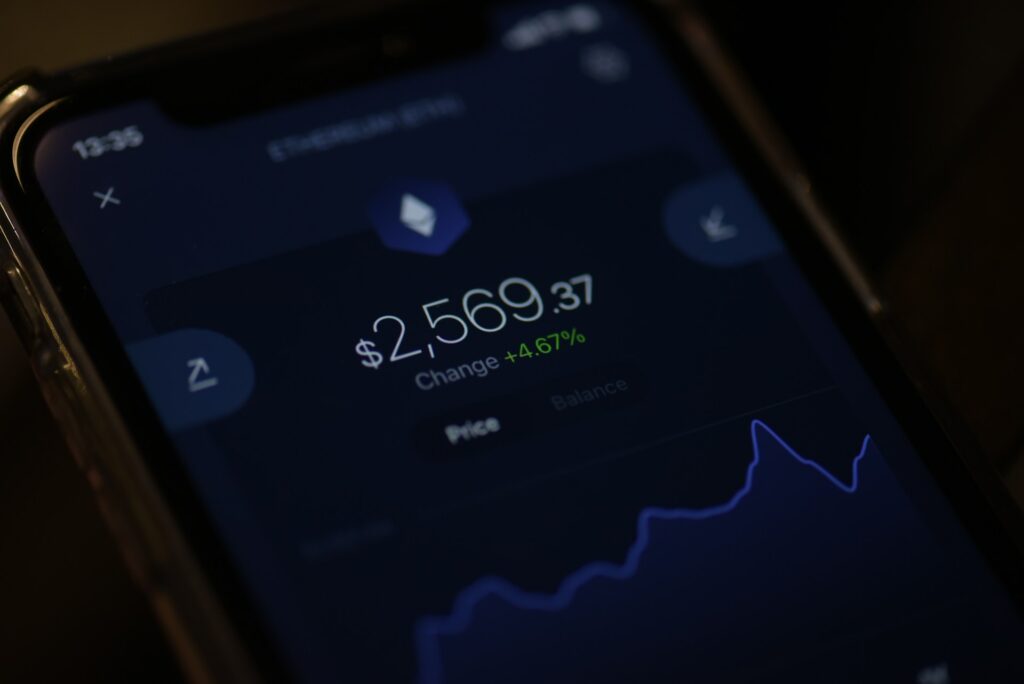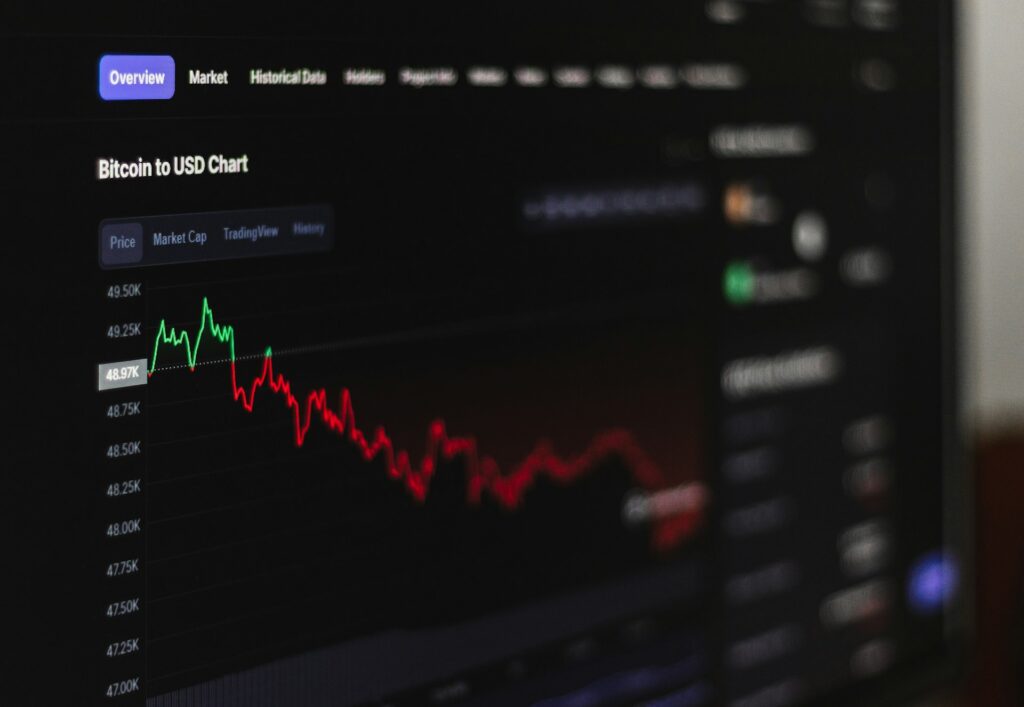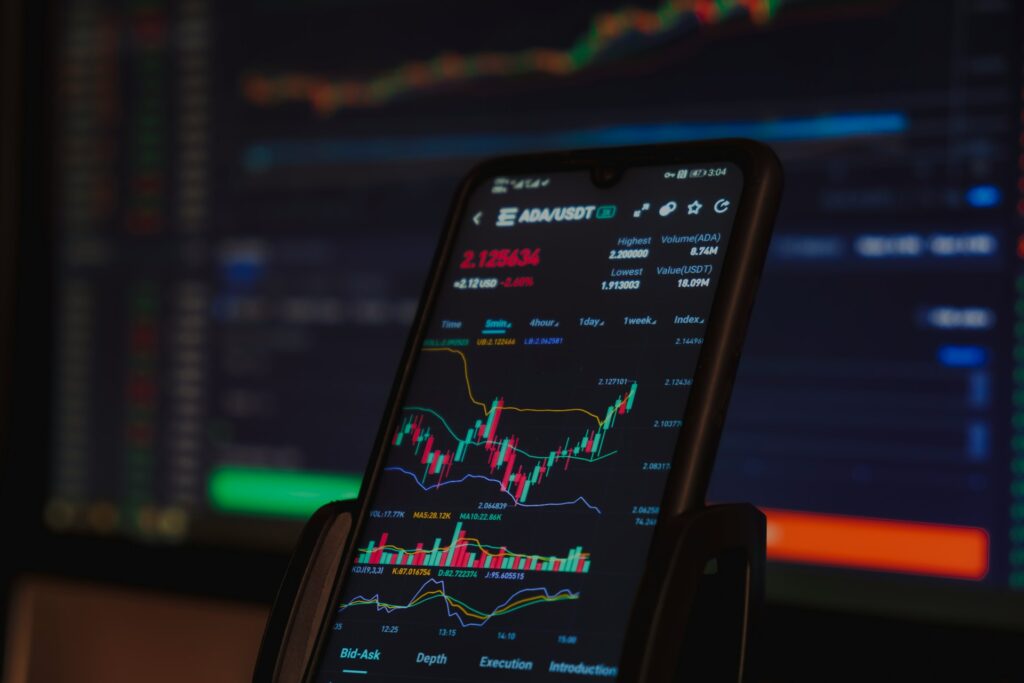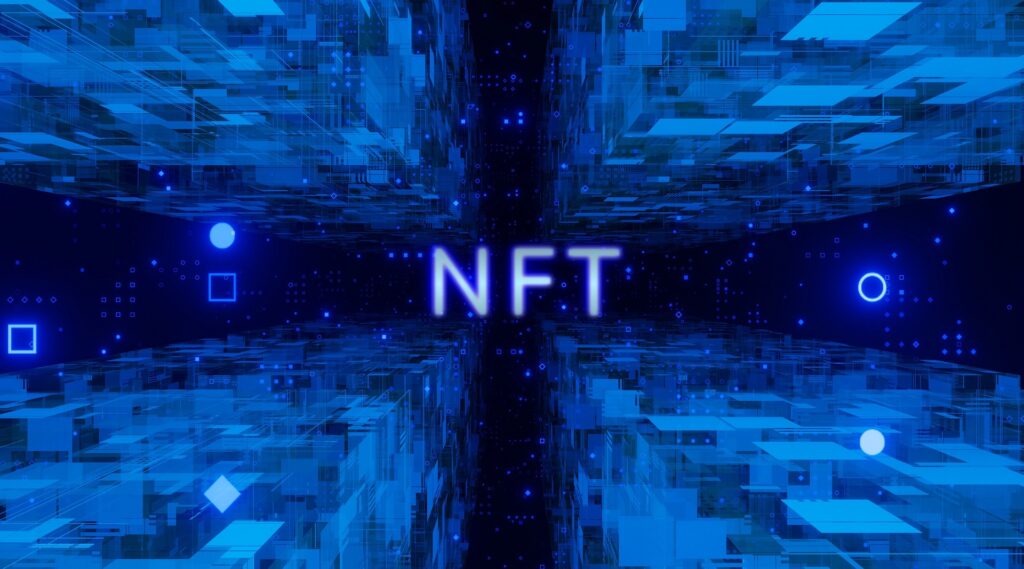Last year, while scrolling through a niche Reddit thread on low-cap altcoins, I stumbled upon someone raving about a token called EverBurn. I’d never heard of it. The person claimed their tiny $50 investment ballooned into $900 in three weeks. Naturally, I was skeptical. The term they kept using, “hyper deflationary”, caught my eye. I’d heard of inflationary and deflationary tokens before, but what was hyper deflationary?
Fast forward two weeks, and I did some research, threw a small amount into the token, and experienced my first real taste of how powerful tokenomics can drive momentum in crypto, even if the fundamentals are shaky!
This post is for you if you’ve been wondering:
- What exactly are hyper-deflationary tokens?
- Are they worth the hype or just another crypto buzzword?
- And how can you, as a casual or semi-serious investor, spot the good from the gimmicky?
Let’s break it all down in plain English!
What are hyper-deflationary tokens?
To keep it simple, a hyper-deflationary token is a cryptocurrency designed to constantly reduce its circulating supply. The idea is to increase scarcity over time, which, in theory, drives up the token’s value.
How they differ from regular deflationary tokens?
| Feature | Regular Deflationary Token | Hyper Deflationary Token |
|---|---|---|
| Burn rate | Low to moderate | Aggressively high |
| Burn triggers | Manual or periodic | Triggered on every transaction |
| Supply reduction style | Monthly or event-based burns | Continuous or automated burning |
| Goal | Moderate scarcity | Extreme scarcity |
In a nutshell, hyper-deflationary tokens go one step further than regular deflationary ones. Every time someone buys, sells, or transfers the token, a portion of it is burned (permanently removed from circulation).
Let me explain with an example.
If I send you 100,000 XYZ tokens, and the burn rate is 10%, only 90,000 make it to your wallet. The remaining 10,000 get destroyed forever. This shrinking supply creates a “pump” effect, especially when combined with hype or limited availability on exchanges.
How hyper-deflationary tokens work?
Most hyper-deflationary tokens rely on automated smart contracts that perform two key actions during every transaction:
1. Token burning
- A percentage of every transaction is automatically destroyed.
- The goal is to reduce the token supply over time.
- This is usually hardcoded into the smart contract, so it can’t be changed later.
2. Holder rewards (reflections)
- Some tokens also reward holders with a small share of every transaction.
- You earn tokens passively just by holding them.
This combination is often called a “burn and earn” model. It appeals to people looking for passive income as well as speculative profits.
Common features in hyper-deflationary tokens:
- Auto burns: Tokens are burned in real-time or via timed smart contracts.
- Reflection rewards: Holders get extra tokens over time.
- Locked liquidity: Devs lock the token’s liquidity pool to build trust.
- Anti-whale mechanics: Prevents large holders from dumping all at once.
Pros and cons of investing in hyper-deflationary tokens
Let’s be honest, these tokens sound exciting, but they’re not without risks. Based on my experience and what I’ve seen in forums like r/CryptoCurrency and Quora discussions, here’s a balanced view:
Pros:
- High growth potential: Some tokens have 10x’ed or even 100x’ed in a short time due to sudden supply drops.
- Built-in scarcity: With supply constantly decreasing, basic supply-demand logic favors long-term price appreciation.
- Passive rewards: Just holding the token can earn you more of it via reflection.
- Community-driven: These projects often thrive on grassroots marketing and loyal communities.
Cons:
- Extreme volatility: Prices can swing wildly, especially with small caps and new tokens.
- Tokenomics over substance: Many hyper-deflationary tokens have zero real-world utility.
- Rug pull risk: There have been many scammy tokens disguised as “deflationary wonders.”
- Liquidity concerns: Low liquidity makes it hard to sell during pumps or crashes.
Personal example: I once bought into a token that promised 20% burns on all transactions. Sounds great, right? But I didn’t notice that 90% of the supply was held by the dev wallet. Within days, the price crashed after a mass sell-off. I was left holding digital ashes.
Real-world examples of hyper-deflationary tokens
Here are some well-known (and lesser-known) tokens that have either used or promoted hyper-deflationary mechanics:
| Token Name | Notable Feature | Status |
|---|---|---|
| SafeMoon | 10% tax on each transaction, 5% burned | Mixed performance |
| EverGrow Coin | 2% burn + passive BUSD rewards | Still active |
| Shiba Inu | Initially inflationary, now added burn plan | Large-scale burns |
| BabyDoge | 5% burn per transaction | Gained viral traction |
| FEG Token | Burned over 50% of supply | Fading community |
Note: Just because a token uses hyper deflation doesn’t mean it’s a good investment. Always look at utility, team transparency, community trust, and trading volume.
How to spot a potential winner (and avoid scams)?
Here are a few questions I ask myself before jumping into a hyper-deflationary project:
1. Is the liquidity locked?
If not, the devs could pull the rug at any time.
2. Is the contract verified on BSCScan or Etherscan?
Verified contracts build confidence and allow transparency.
3. How many tokens are being burned, and at what rate?
Sometimes projects exaggerate their burn rates to create hype.
4. Is there an actual roadmap or utility?
A token with only “burn” hype and no product or use case is likely short-lived.
5. What’s the community like?
Check Reddit, Telegram, and Discord. A strong community is often a green flag.
Quick tip: Use tools like TokenSniffer, BSCScan, and DEXTools to do a background check on any token before investing.
Future of hyper-deflationary tokens and where they might go next
While hyper-deflationary tokens have gained traction for their clever tokenomics and viral marketing, they are not magic money makers. Think of them like a high-risk, high-reward side quest in the bigger crypto game.
That said, we’re already seeing innovation in how deflationary mechanics are being paired with real-world utility. For example:
- Some NFT projects now auto-burn tokens when NFTs (Non-Fungible Tokens) are minted or traded.
- DeFi platforms are experimenting with governance tokens that deflate over time to give long-term holders more power.
- Upcoming projects in play-to-earn gaming are using hyper-deflationary coins as in-game currency to reward activity and punish hoarding.
So, while many of the current hyper-deflationary tokens may fizzle out, the model itself might evolve into something more sustainable.
Summary:
- Hyper-deflationary tokens burn a portion of tokens during every transaction, increasing scarcity.
- They can be profitable but are extremely risky.
- Do your own research, especially about liquidity locks and developer transparency.
- The future might see smarter versions of this model tied to real-world use cases.
If you’re planning to throw some money into one of these tokens, treat it like a lottery ticket, not a retirement plan!
Let me know, have you ever invested in a hyper-deflationary token? Did it moon or crash? I’d love to hear your story in the comments below.
With over five years of experience in the tech industry, Kazim excels at simplifying complex topics, making them accessible to tech enthusiasts and general readers alike.
He has contributed to several renowned publications worldwide, including WindowsReport and Allthings.how, bringing insightful coverage of key developments in the field.
When he’s not writing, you’ll find Kazim planning weekend getaways or diving into tech verticals beyond his expertise.




